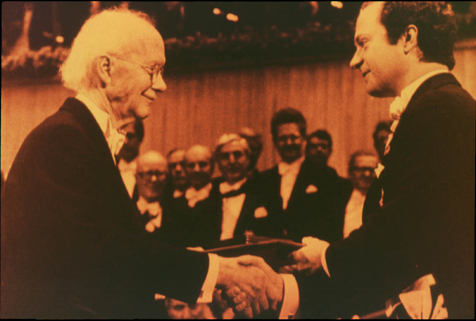
Faculty Research 1980 - 1989
Absence of seasonal variation in antipyrine metabolism.
Document Type
Article
Publication Date
1982
Keywords
Antipyrine: me, Aryl-Hydrocarbon-Hydroxylases: me, Enzyme-Induction, Half-Life, Human, Lymphocytes: me, Male, Saliva: an, Seasons, Smoking, SUPPORT-NON-U-S-GOVT, SUPPORT-U-S-GOVT-P-H-S
First Page
144
Last Page
150
JAX Source
Clin Pharmacol Ther 1982 Feb; 31(2):144-50.
Grant
CP55629, CA18542, CA24538
Abstract
The induced activity of aryl hydrocarbon hydroxylase (AHH), measured by the metabolism of benzo[a]pyrene to fluorescent products in cultured human lymphocytes, shows a strong seasonal variation. The in vivo metabolism of antipyrine, which is also catalyzed by microsomal cytochrome P-450-dependent monooxygenases, has been reported to be correlated with AHH inducibility in human lymphocytes. To determine whether antipyrine metabolism also showed seasonal changes, we measured antipyrine half-life (t 1/2) in 10 nonsmokers and eight smokers at the two times of the year that correspond to the high and low peaks of inducible AHH activity as measured in lymphocytes. The mean antipyrine t 1/2 determined in all 18 subjects in summer was almost identical to that found in winter (mean +/- SEM = 10.90 +/- 0.65 and 10.96 +/- 0.78 hr). AHH activity in cultured human lymphocytes from the nonsmoking subjects was determined in control and 3-methylcholanthrene-induced cells to obtained inducibility ratios of 4.2 +/- 0.56 (SEM) in the summer and 1.4 +/- 0.14 (SEM) in winter. These results indicate that the seasonal variation in AHH inducibility in human lymphocytes is not reflected by a corresponding seasonal variation in antipyrine metabolism in vivo.
Recommended Citation
Paigen B,
Ward E,
Steenland K,
Bolanowska W,
Gessner T,
Chang RL,
Wood AW,
Conney AH.
Absence of seasonal variation in antipyrine metabolism. Clin Pharmacol Ther 1982 Feb; 31(2):144-50.

